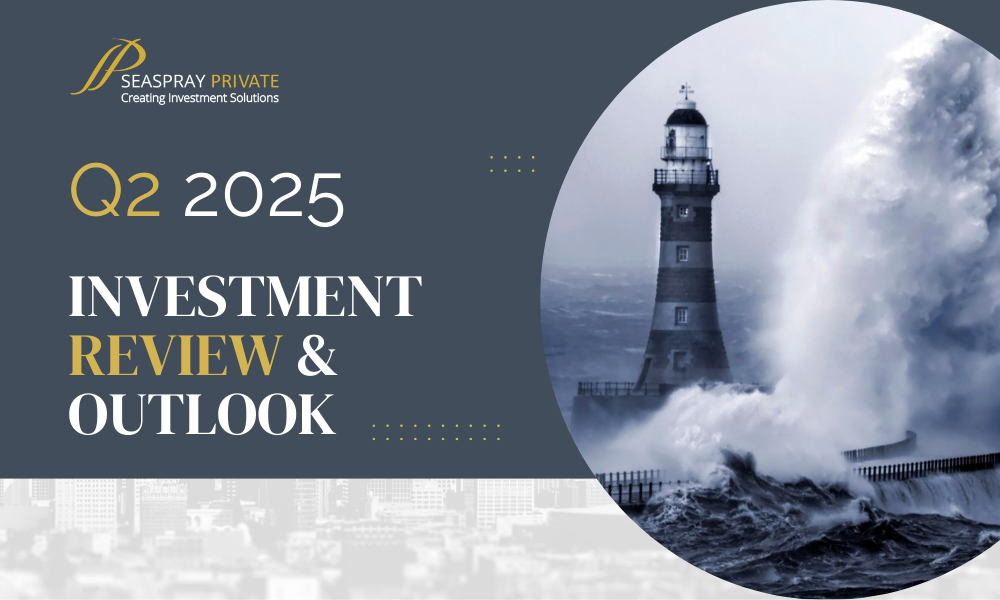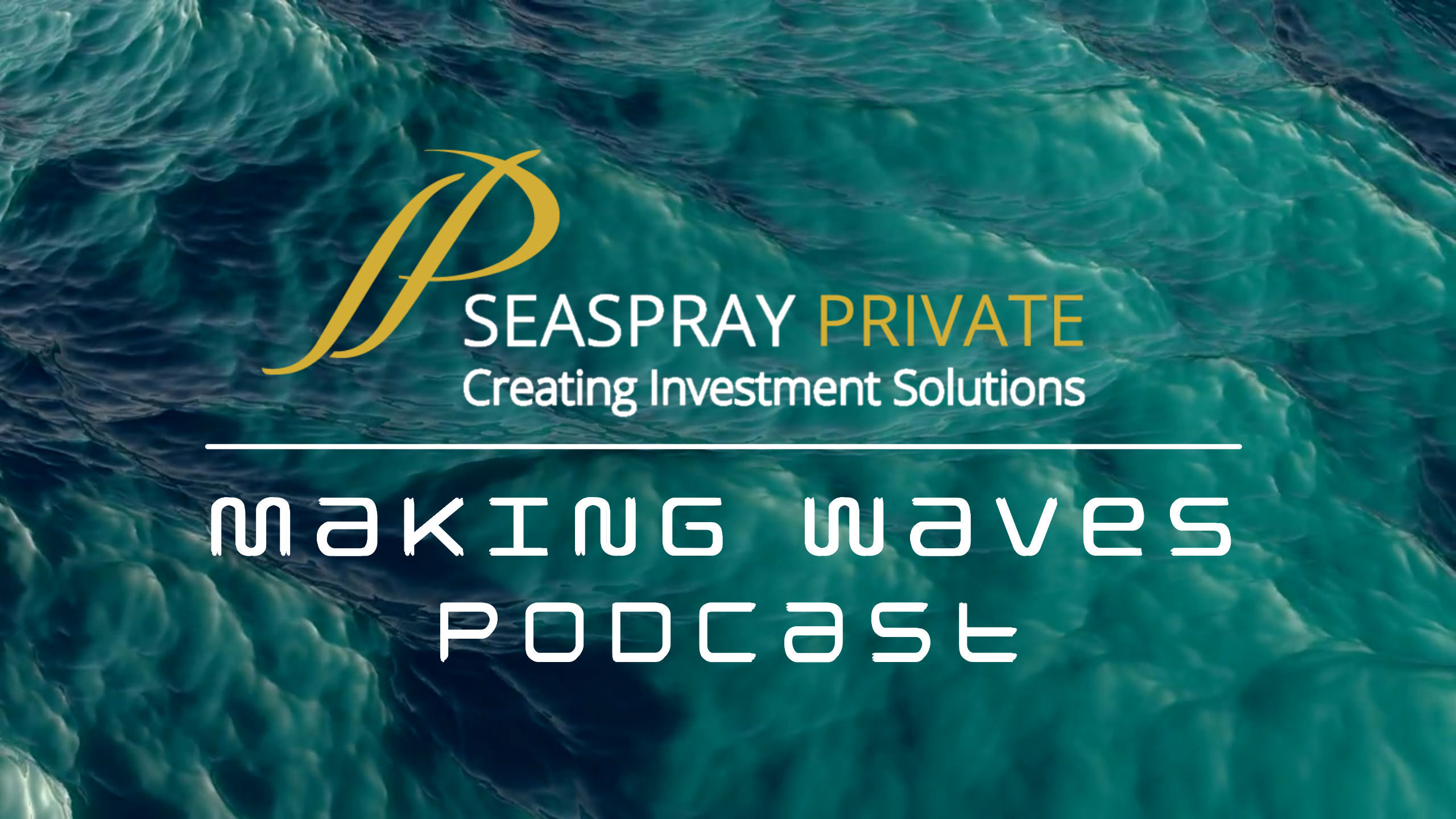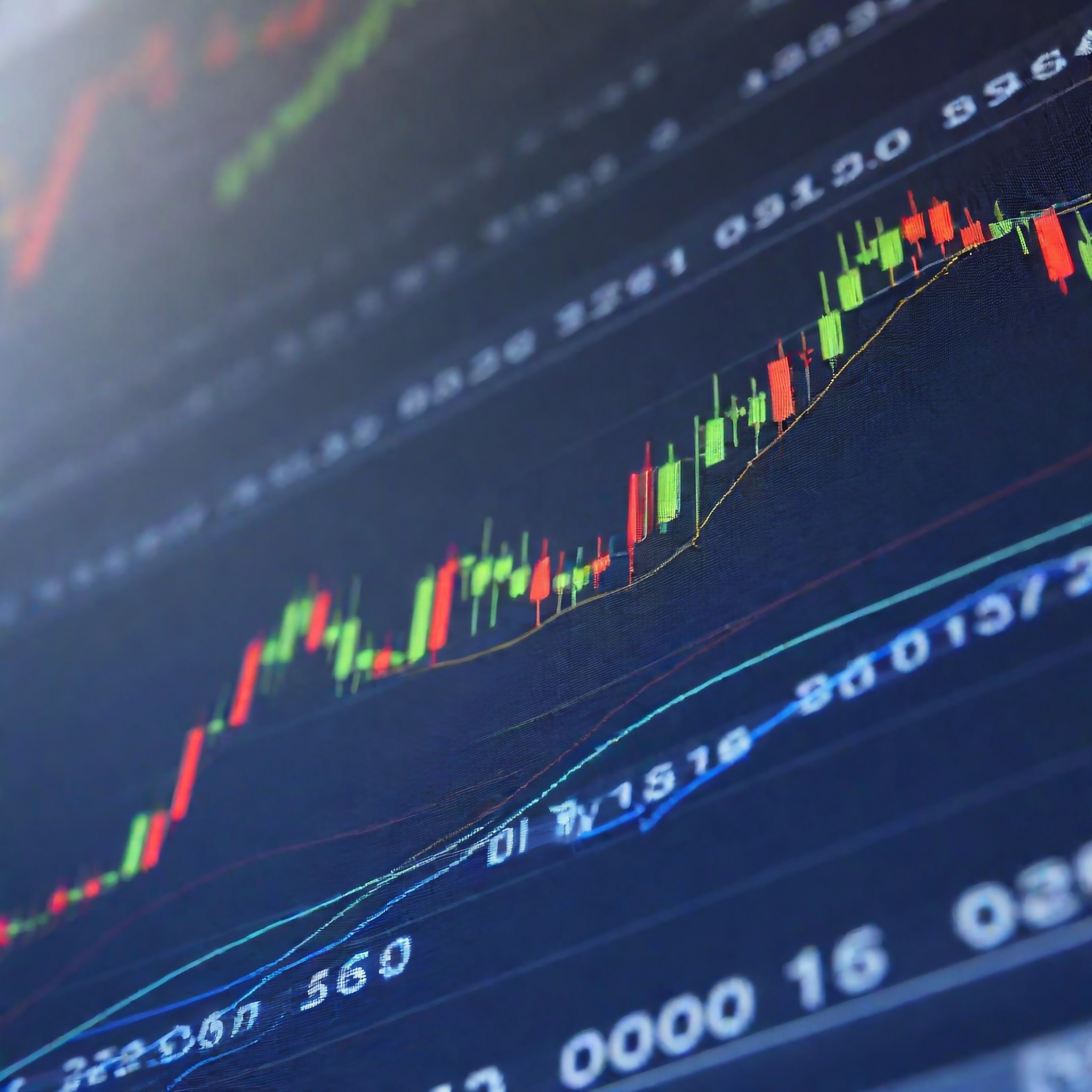In the US, equity markets initially rallied last week as investors cheered a deal between the US and the EU. However, on Wednesday, President Trump announced 25% tariffs on Indian imports to the US, focusing on the world’s fastest-growing economy after securing deals with the UK, EU, and Japan. Markets declined on Friday morning as the August 1st deadline for US tariffs arrived, with increased tariffs on Canada, India and Switzerland all increasing significantly. This was compounded by a week non farm payrolls report on Friday afternoon, which sent markets plunging. In positive trade news, the US did reach an agreement with South Korea on Wednesday evening, adding another major trade partner to the list of confirmed deals. Mixed corporate earnings reports pulled the market lower mid-week, with UnitedHealth, Boeing, and Merck among the biggest decliners. However, most of the attention was on major tech earnings from Microsoft, Meta, Apple, and Amazon. Microsoft reported positive earnings, with Q2 revenues of $76.4bn, an 18% increase from the same period in 2024, while also surpassing $4tn in market cap for the first time ever. Meta also exceeded estimates, reporting revenues of $47.5bn, compared to the expected $44.3bn, and net income rose by 36% to $18.3bn. These were followed by positive earnings from Apple, with record Q2 earnings of $94bn, $5bn ahead of estimates. The Federal Reserve decision to keep rates as they are also played a key role in market sentiment. In corporate developments, following last week’s story, Union Pacific reached an agreement to purchase smaller eastern rival Norfolk Southern in a deal worth $85bn, creating the US’s first coast-to-coast freight rail operator. The deal will add nearly 19,500 miles of trackage to Union Pacific’s current network, bringing the total to 50,000 miles of track, linking 43 of 50 states and 100 ports across the US. The regulatory process may take up to two years. This deal has prompted CSX and BNSF, the other two Class A railroads in the US, to consider a megamerger to counteract Union Pacific’s acquisition. For the week, after the negative Friday session, the S&P 500 and NASDAQ closed -2.36% and -2.43% lower, respectively.
In Europe, markets fell toward the end of last week, as investors reacted to a wave of earnings, economic data, and trade deals. The announcement of a US-EU trade deal was initially welcomed, but optimism quickly gave way to caution as investors and leaders across Europe questioned the final terms of the agreement. The announcement of steep tariffs on countries such as Canada, Switzerland and Brazil impacted EU markets significantly on Friday. Key economic data released last week showed EU GDP expanding by 0.1% in Q2. In terms of individual countries, Germany and Italy experienced quarterly contractions of -0.1% each, while France and Spain saw growth of 0.7% each. This mixed data reflects the current market climate in the EU, which has been heavily influenced by trade tensions. However, with the US-EU deal now agreed, these tensions should subside for the moment. Corporate earnings were also in the spotlight, with releases from Hermès, L’Oréal, and Adidas among the most-watched in Europe. Hermès saw 9% sales growth in Q2, driven by demand for its $10,000 handbags. L’Oréal also posted positive earnings of €22.47bn, as sales recovered in North America and China, while European sales slowed. Meanwhile, Adidas saw shares drop 9% on Wednesday, as revenue growth was weaker than expected for Q2. For the week, the Eurostoxx 50 closed -4.33% lower while the STOXX 600 closed -3.33% lower.
In the UK, the FTSE 100 declined last week, though not as much as EU and US counterparts, as markets reacted to a new round of increased tariffs by the US. In corporates, AstraZeneca and GSK posted strong Q2 results, with AstraZeneca reporting $14.5bn in revenues for the quarter. However, these earnings beats were tempered by a poor Q2 for HSBC, the UK’s largest bank and one of the largest constituents of the FTSE 100. HSBC’s pre-tax profits fell by 29% in Q2 due to costs associated with ongoing restructuring and a $2.1bn charge on its stake in the Chinese Bank of Communications. For the week, the FTSE 100 closed -0.90% lower.








